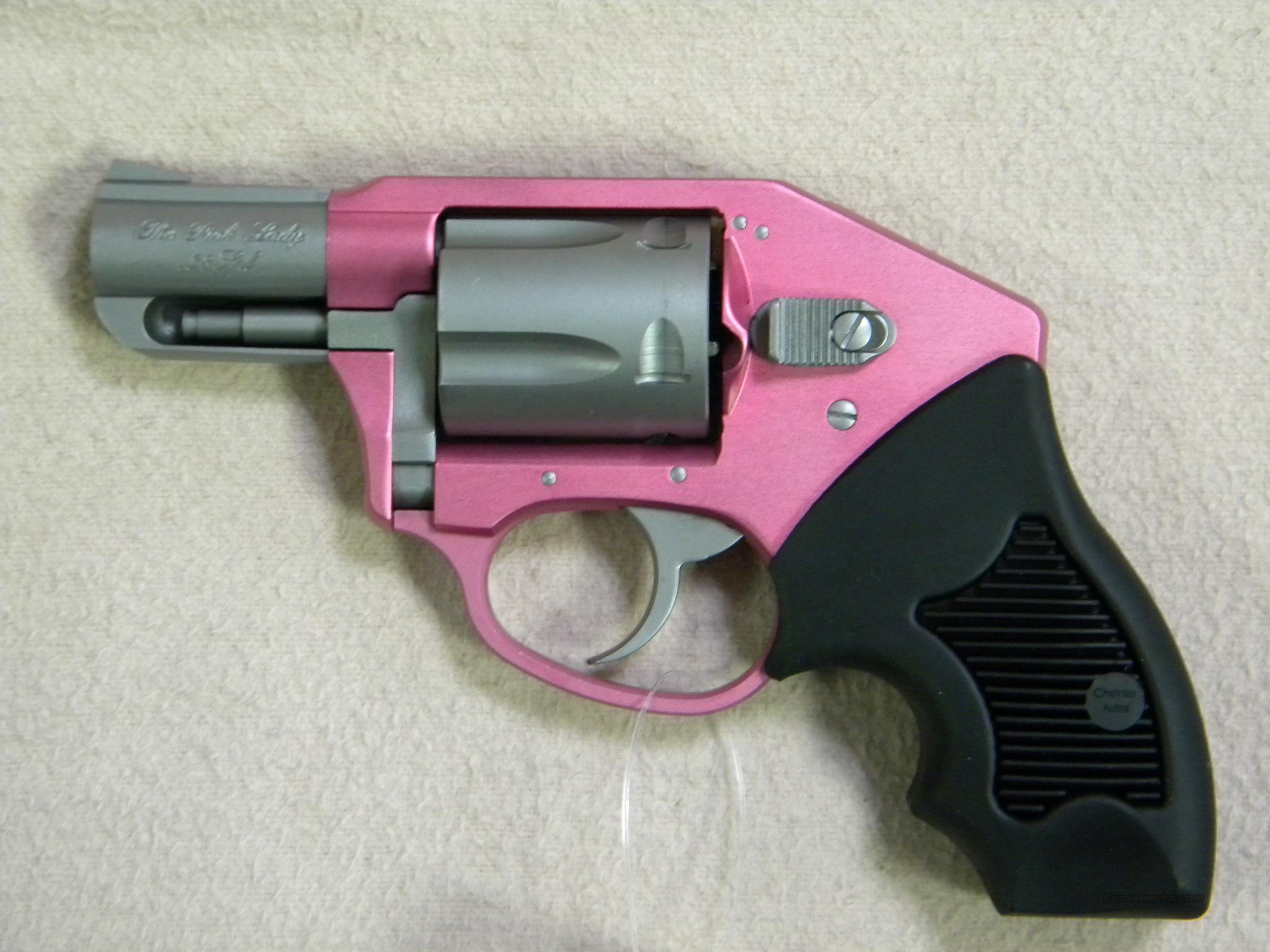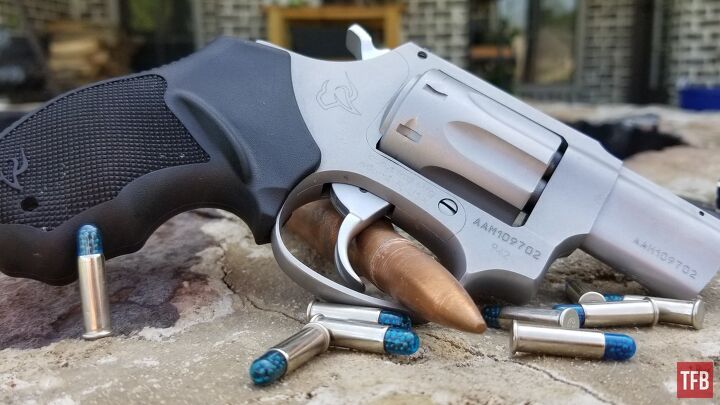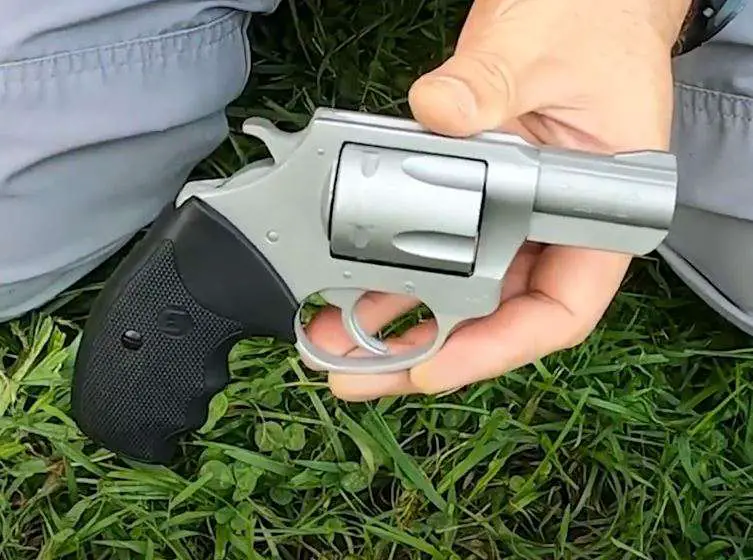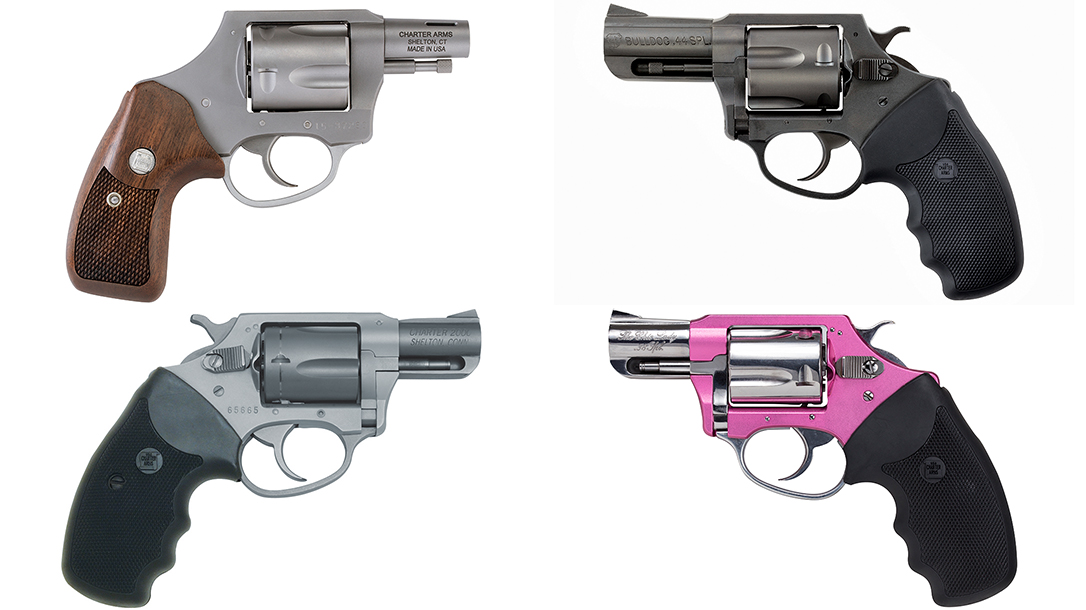
410 shotshells as well as cartridges, we sourced some CCI shot cartridges in 44 Special. Since the Taurus offers the ability to fire. These revolvers are made for close-in work, but we still tested accuracy out to 25 yards. This system prevents the hammer from striking the firing pin unless the trigger is pulled fully to the rear. Reduced muzzle velocity also occurred in the Taurus.Ī common feature of all three revolvers was a safety transfer bar.

We assumed the reduction came because the Pitbull has a 2.5-inch barrel and the factory data for the cartridges use either a 4- or 5-inch barrel. The Pitbull had noticeably less muzzle velocity compared to factory data. The 3-inch barrel of Bulldog must have helped increase velocity. We did note that the Classic Bulldog had about 30 fps more than the published data for Hornady Critical Defense165-grain FTX bullet, which is 900 fps out of 2.5-inch barrel. We did not experience any splash with the Charter Arms revolvers. It also means there is more flash, and if the chamber and cylinder are not perfectly aligned, a user might experience splash from burning powders and bits of shaved bullet metal. A large gap allows more gas to escape, reducing the bullet’s velocity. A gap of 0.003 inches is desirable for a competition revolver, but up to 0.006 inches is often found. We measured the gap between the front of the cylinder and the forcing cone at the rear of the barrel using feeler gauges from Brownells (606-950-252WB) and found a gap of 0.010 inches for the Pitbull and the Bulldog Classic and the Taurus at 0.005 inch. The not-fully-screwed-down barrel was also the reason the cylinder-to-barrel gap was so large. In the past Charter Arms revolvers have been favorably rated, but in these two examples we found exception.


We recorded velocities using a ProChrono digital chronograph set 15 feet from the muzzle. To collect accuracy data, we fired five-shot groups from a bench using a rest. Cartridge Range Data CHARTER ARMS BULLDOG CLASSIC 44 SPECIAL We anticipated and needed to use Kentucky windage with the Pitbull at the range. It is unacceptable that a gun leaves the factory in this condition. It was off by a fraction of a turn, enough to cock the front sight to the left when aiming the revolver. We also noted during the range-rod test the barrel of the Pitbull was not fully screwed into the frame. Dry firing took care of the indexing issue, and all passed the range rod test. We also noted that the action of the Taurus seemed a bit stiff our initial dry firing in double action found the cylinder would not fully index to the next chamber at times.

Range rods check the alignment of the chambers to the barrel bore. 410 shotshell and 45 LC.Įven though these were new revolvers, we still performed a range-rod test since there was a bit of side-to-side wiggle in the cylinders of all the revolvers.
TAURUS REVOLVERS COMPARED TO CHARTER ARMS REVOLVERS PLUS
The three revolvers included two Charter Arms products, the Classic Bulldog in 44 Special and the newer Pitbull in 45 ACP, plus the Taurus Public Defender Polymer chambered in. We recently reviewed three 38 Special revolvers that cost about $400 and thought we would increase our budget and caliber size, and then sourced three revolvers each costing about $500 in three different big-bore calibers: 44 Special, 45 ACP, and 45 Colt, often called 45 Long Colt (LC) to ensure it’s not mixed up with the Auto Colt cartridge.


 0 kommentar(er)
0 kommentar(er)
